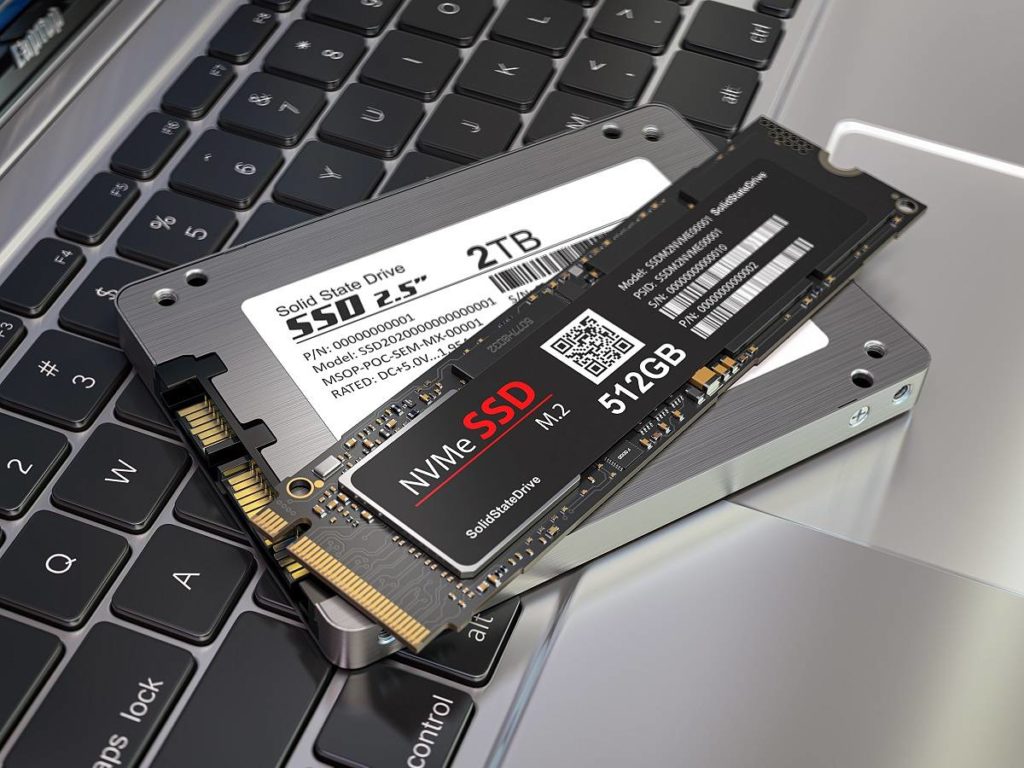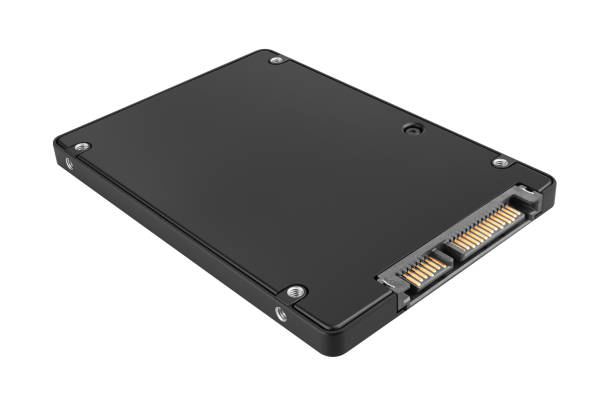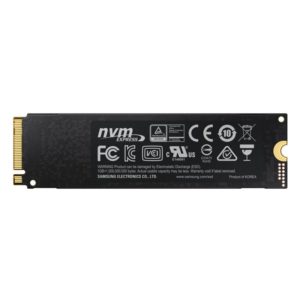Ready to upgrade your storage? Confused about the difference between SSD and NVMe? Look no further! In this article, we’ll explore the ins and outs of these popular storage technologies, helping you determine which one is right for you. Get ready to boost your storage speed and efficiency with our breakdown of SSD vs NVMe!
Welcome to our discussion on the differences between SSD and NVMe storage technologies! If you are in the market for a new storage solution, you may have come across these acronyms and wondered what they mean and which one is right for you. We will explain the key difference between SSD and NVMe and help you decide which technology is the best fit for your needs. Whether you are a tech enthusiast or simply looking to upgrade your storage, this article is sure to provide valuable information and insight. Let’s get started!
Solid State Drives (SSDs) and Non-Volatile Memory Express (NVMe) are two types of storage technologies that are commonly used in computers. Both SSDs and NVMe drives offer faster access to data than traditional hard disk drives (HDDs), but there are some key differences between the two technologies.
One of the main differences between SSDs and NVMe drives is the way they connect to the computer’s motherboard. SSds typically use the SATA interface, which is the same interface used by HDDs. NVMe drives, on the other hand, use the PCI Express (PCIe) interface, which is faster than SATA and allows for higher data transfer speeds.
Another difference between the two technologies is the way they access data. SSDs use a technique called block-level access, where data is stored in blocks that must be accessed sequentially. NVMe drives, on the other hand, use a technique called random access, which allows them to access data much faster than SSDs.
Advantages of SSDs:
- Faster access to data than traditional hard disk drives (HDDs).
- Lower power consumption than HDDs.
- Durable and resistant to physical damage.
- Quiet operation.
Disadvantages of SSDs:
- Generally, more expensive than HDDs.
- Limited capacity compared to HDDs (although this is improving over time).
- Slower write speeds than NVMe drives
Advantages of NVMe drives:
- Much faster data access and transfer speeds than SSDs or HDDs.
- Lower power consumption than HDDs.
- Durable and resistant to physical damage.
- Quiet operation.
Disadvantages of NVMe drives:
- Generally, more expensive than SSDs or HDDs.
- Limited capacity compared to HDDs (although this is improving over time).
- Requires a motherboard with a PCIe interface to work properly.
- May require additional cooling due to the high-performance levels.
SSDs and NVMe drives are both excellent choices for upgrading the storage in your computer. Both technologies offer faster access to data than traditional HDDs, as well as lower power consumption and durability. However, there are some key differences between the two technologies, including the way they connect to the motherboard, the type of data access they use, and their relative cost and performance. Ultimately, the right choice for you will depend on your specific needs and budget. If you need the highest level of performance and are willing to pay a premium for it, an NVMe drive may be the way to go. If you are looking for a fast and efficient storage solution that is more affordable, an SSD may be the better option. Regardless of which technology you choose, you can be confident that you are making an upgrade that will improve the speed and efficiency of your computer.



